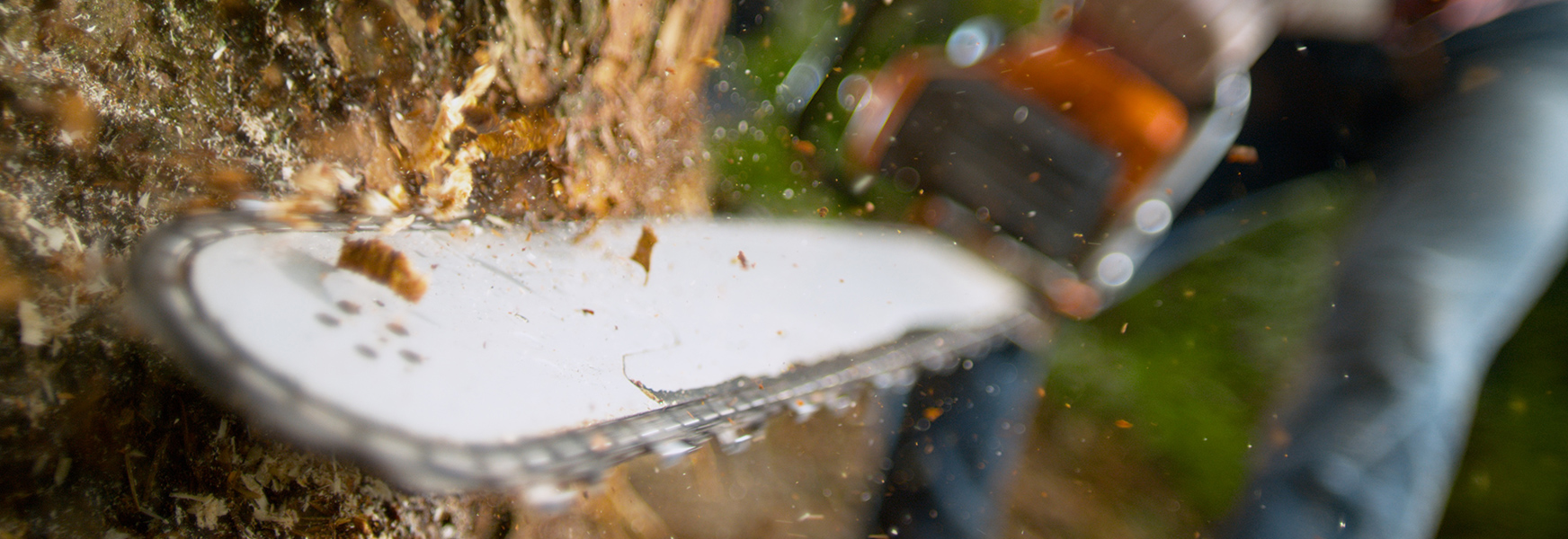HAVS (and the Have Nots)

HAVS or hand-arm vibration syndrome is an insidious condition affecting the distal upper extremity.
More specifically, repeated exposure to vibration through the use of powered vibrating tools such as hammer drills, handheld grinders, chain saws, riveters, sanders, and road breakers can cause damage to blood vessels, nerves, joints, muscle, and connective tissue of the hands and fingers. Vibration white finger is a form of HAVS where the fingers become numb with a white pallor to the skin starting at the finger tip. As the condition progresses, the symptoms become permanent with a loss of finger dexterity and grip strength, particularly in cold weather.
With a latency period for the onset of HAVS ranging from a few months to several years, controlling exposure is critical before the disorder becomes irreversible and disabling. While OSHA has yet to issue an exposure standard addressing occupational vibration, the UK’s Health and Safety Executive has introduced an Exposure Action Value of 2.5 m/s2 (meters per second squared) and an Exposure Limit Value of 5.0 m/s2 in The Control of Vibration at Work Regulations 2005 for hand-arm vibration. In the U.S., NIOSH recommends the following to reduce exposure to vibrating hand tools along with identifying HAVS in its early stages for at-risk workers.
Engineering Controls
- Engineer production lines to minimize the need for vibrating tool use (e.g., improved machine tooling to reduce the size of burrs needing to be deburred off parts by handheld grinder)
- Tool manufacturers should modify and redesign tools with purchasing agents requesting from suppliers evidence of vibration reduction in tools and equipment
Medical Surveillance and Worker Education
- Implement a medical surveillance program with baseline physical examination and work history including prior use of vibrating hand-tools
- Educate employers and workers using vibrating tools on symptoms of the condition
- Seek prompt medical attention for workers experiencing prolonged symptoms
- Ensure health professionals are trained on proper clinical examination and interview process specific to diagnosis
Work Practices
- Ensure vibrating hand-tools are regularly maintained according to manufacturer’s recommendations
- Institute work schedules with a 10-minute break after each hour of continuous vibration tool use
- Advise workers to:
o Wear suitable clothing to stay warm along with keeping hands warm and dry
o Let the tool do the work with as light a grasp as possible
o Substitute a manual tool where feasible
Personal Protective Equipment
- As the last line of defense, wear gloves primarily to keep hands warm in order to reduce the severity of vibration syndrome. The protection afforded by anti-vibration gloves is largely dependent on the frequency range of the vibration with attenuation typically at high frequencies (> 500 Hz) of vibration.
Clearly, when it comes to HAVS, it’s best to have not! For more information, check out the NIOSH publication on vibration syndrome and the Health and Safety Executive’s guidance on hand-arm vibration at work.

